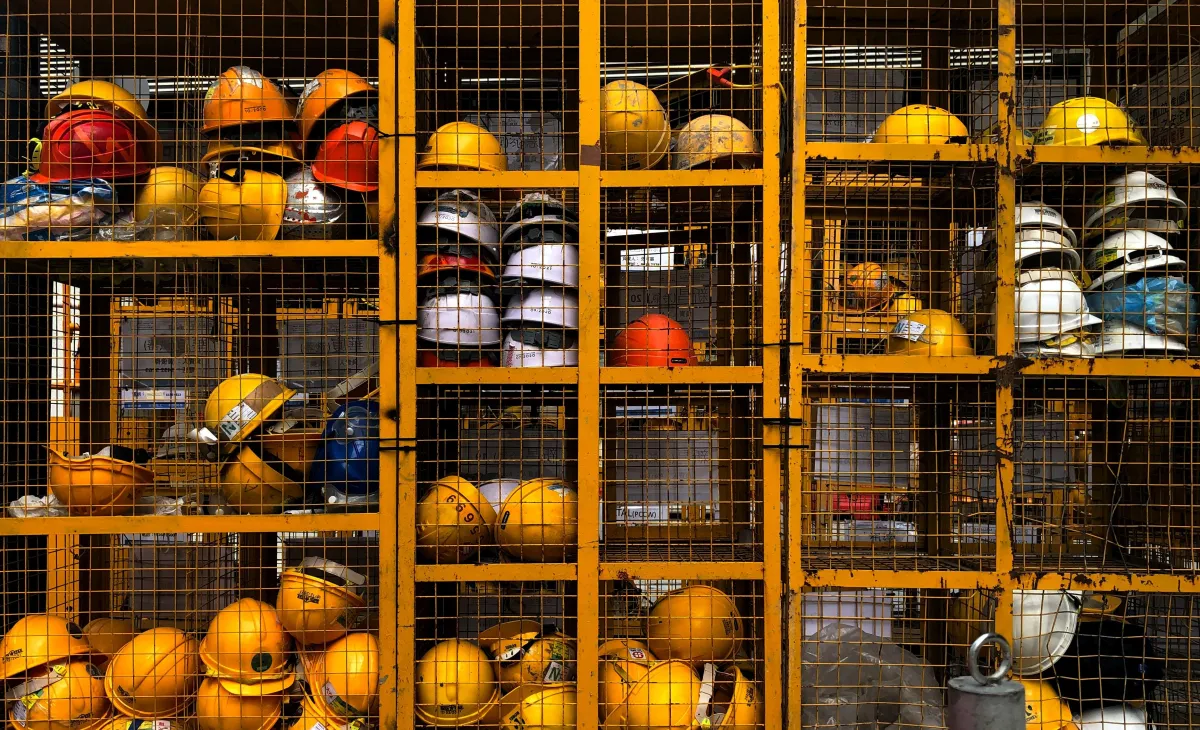The Safe Bet Blog
Learn about Safety Regulations
and how to meet Occupational Health & Safety requirements

What is occupational health safety and environment?
Occupational health, safety, and environment (OHSE) refers to the practice of ensuring the health and safety of workers while minimizing the impact of work on the environment. In British Columbia, WorkSafeBC recognizes the importance of OHSE and promotes best practices for employers to protect workers and the environment.
OHSE involves identifying and managing risks associated with work activities, products, or services that could affect the health and safety of workers, as well as the environment. It is important to consider the impact that work activities can have on the environment, such as air pollution, water pollution, and waste generation.
Environmental health and safety (EHS) focuses on identifying and controlling environmental hazards that could harm workers or the environment. This includes hazards related to air quality, water quality, waste management, and environmental emergencies. An effective EHS program includes policies, procedures, training, and controls that are designed to protect workers and the environment.
The management of OHSE risks involves a systematic approach that includes hazard identification, risk assessment, and the implementation of controls to eliminate or mitigate hazards. It also involves ongoing evaluation and improvement of the OHSE program.
An effective OHSE program should include policies, procedures, and practices that address:
1. Occupational Health: This involves identifying and managing risks that could lead to workplace-related injuries, illnesses, or diseases. This includes ensuring that workers are provided with appropriate training and personal protective equipment.
2. Occupational Safety: This involves identifying and managing risks associated with workplace hazards, such as hazardous materials, dangerous equipment, and unsafe work practices. Employers must develop and implement appropriate controls to eliminate or minimize these risks.
3. Environmental Protection: This involves identifying and managing risks associated with work activities that could affect the environment. Employers must develop and implement appropriate controls to minimize the impact of work on the environment.
In British Columbia, WorkSafeBC provides resources and guidance to employers on how to develop and implement effective OHSE programs. This includes training programs for workers and employers, as well as regulatory guidance to ensure that employers comply with occupational health and safety and environmental protection regulations. By promoting OHSE best practices, WorkSafeBC helps to protect workers and the environment from harm.
Related Articles
What is an occupational health & safety management system?
Why do we need occupational health and safety?
When occupational health and safety inspections are conducted and why?
Fast Track your Safety Compliance Today
